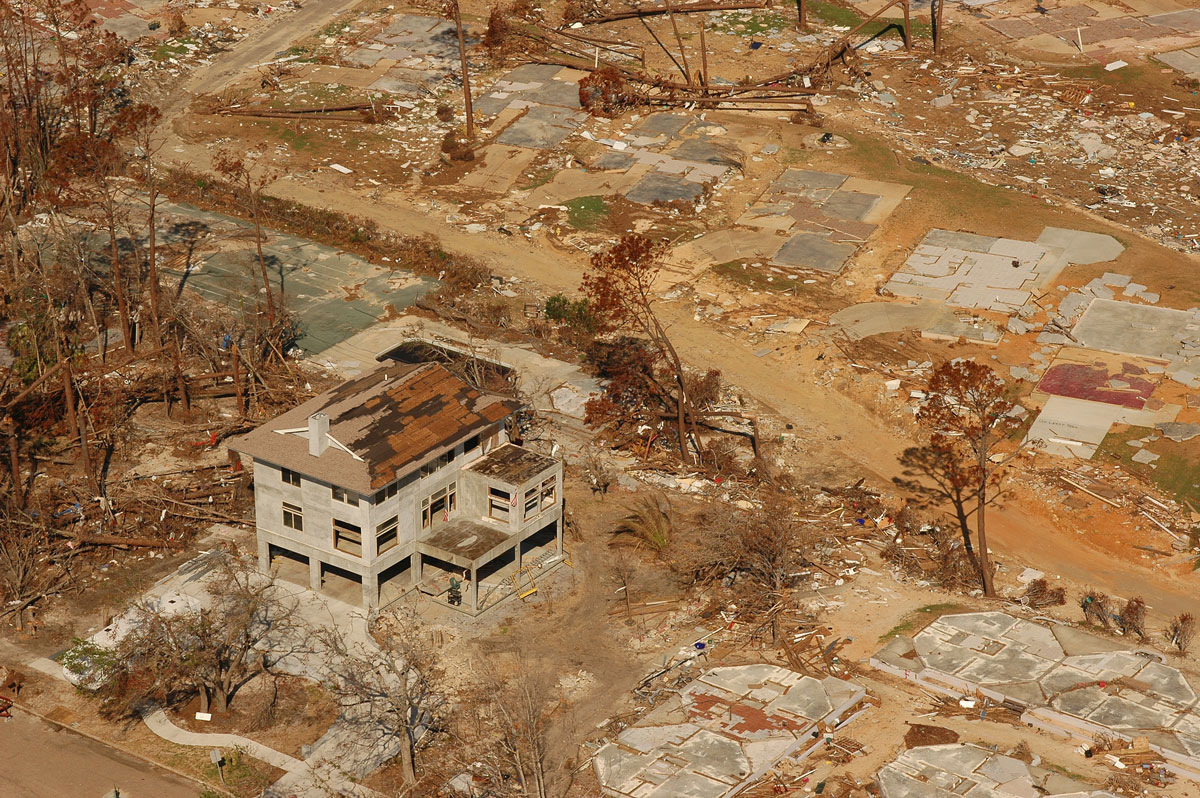
[Photo courtesy of ICFMA]
 Insulated concrete forms have many benefits that lead to improved building performance, from resiliency to improved air quality. And it’s been proven that ICFs aren’t just eco-friendly, they’re also incredibly strong, standing up to extreme weather conditions and the test of time. Brian Corder, marketing chair of the ICFMA (Insulating Concrete Forms Manufacturers Association) and president of BuildBlock, says it doesn’t matter which benefit you want most—you’re getting them all and more. Corder recently talked to us more about his experience with ICFs and how the nonprofit trade association is exploring how the building technology makes for better projects.
Insulated concrete forms have many benefits that lead to improved building performance, from resiliency to improved air quality. And it’s been proven that ICFs aren’t just eco-friendly, they’re also incredibly strong, standing up to extreme weather conditions and the test of time. Brian Corder, marketing chair of the ICFMA (Insulating Concrete Forms Manufacturers Association) and president of BuildBlock, says it doesn’t matter which benefit you want most—you’re getting them all and more. Corder recently talked to us more about his experience with ICFs and how the nonprofit trade association is exploring how the building technology makes for better projects.
ICFs deliver five core benefits—energy efficiency, comfort, quietness, improved air quality, and disaster resiliency. An ICF is literally what it stands for—an insulated concrete form, or EPS foam insulation filled with reinforced concrete. ICFs are suited for many built environments, whether in cold weather or warm. And because the EPS insulation in ICFs is protected and stable, it won’t fail when needed most. The EPS insulation lasts for centuries, and the concrete stands up to tornadoes and hurricanes.

This house on a Florida beach withstood Hurricane Irma, while an adjacent resort was nearly leveled. [Photo courtesy of ICFMA]
At a minimum, an ICF wall can withstand 150 mile per hour winds. Some people see ICFs and think “giant foam Legos;” they don’t understand how they are resilient. The steel reinforced concrete inside that wall provides structural stability, even from large debris. The foam on the outside delivers a large cushioning effect, too. The ICFMA has done the testing to prove ICFs strength, and the US military has conducted blast testing with C4 to determine that the energy dampening qualities of EPS foam and a structural concrete wall creates an extremely strong environment. With ICFs, your walls stay intact and you essentially have a structure that functions as a safe room.
Some think ICFs are cost prohibitive, but they’re not. Especially in higher climates zones, you can build more cost-effectively with ICFs than with CMUs (concrete masonry units) or poured walls—both in basements but in wood-framed walls above-grade, too. ICFs are so energy-efficient you can downsize your HVAC system by at least half, providing additional savings and seeing payback as soon as three to five years. It often costs less to build with ICFs from a labor perspective, too. ICFs are frequently built by DIY customers, and as long as one person is versed in ICFs, they can work with unskilled laborers and you can move from stacking walls one day to pouring the basement as quickly as the next day.

